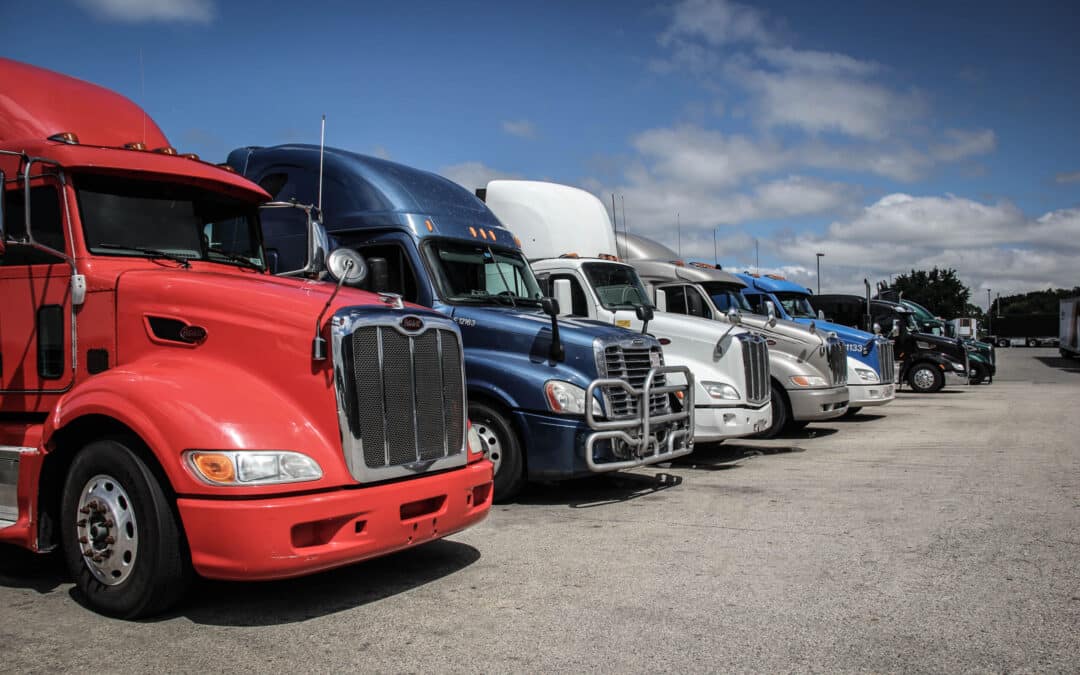Accidents involving large commercial trucks, such as semis or tractor-trailers, are inherently more dangerous than those involving standard passenger vehicles. The massive size and weight of these trucks make collisions more likely to result in severe injuries or fatalities. In this article, we’ll explore how truck size and weight contribute to accident severity, the unique risks they pose, and how these factors influence personal injury claims.
The Scale of the Problem: Why Truck Accidents Are So Severe
Truck Size and Weight Basics
A fully loaded commercial truck can weigh up to 80,000 pounds, while an average passenger car weighs around 3,000 pounds. This disparity creates a significant imbalance during collisions, increasing the force of impact.
Key Risks:
- Momentum and Force: Heavier vehicles require more time and distance to stop, increasing the likelihood of rear-end collisions.
- Crushing Impact: The sheer weight of a truck can crush smaller vehicles, leading to catastrophic injuries.
- Height and Underride Risks: The height of commercial trucks increases the risk of underride accidents, where smaller vehicles slide beneath the truck, often resulting in fatal outcomes.
How Truck Size and Weight Impact Accident Types
- Rear-End Collisions
Large trucks take significantly longer to come to a stop due to their weight, leading to rear-end collisions that can cause severe whiplash, spinal injuries, and traumatic brain injuries for occupants of smaller vehicles. - Jackknife Accidents
When a truck’s trailer swings out to form a 90-degree angle with the cab, it can block multiple lanes of traffic. These accidents often lead to multi-car pileups with widespread injuries. - Rollover Accidents
High centers of gravity in loaded trucks make rollovers more likely, especially on sharp turns or during sudden maneuvers. These accidents can crush nearby vehicles and cause extensive highway damage. - Underride Collisions
These occur when a smaller vehicle slides underneath a truck, typically during sudden stops. The results are often fatal due to the height difference between the vehicles.
The Impact of Truck Accidents on Injury Claims
Severity of Injuries:
The force generated in truck accidents often leads to life-altering injuries, including:
- Spinal cord damage resulting in paralysis
- Traumatic brain injuries
- Internal bleeding or organ damage
- Severe burns or amputations
Higher Medical Costs:
Victims may face extended hospital stays, surgeries, physical therapy, and long-term rehabilitation, increasing the need for substantial compensation.
Economic and Non-Economic Damages:
Because of the significant harm caused by truck accidents, victims may pursue compensation for both economic damages (medical bills, lost wages) and non-economic damages (pain and suffering, loss of enjoyment of life).
How Trucking Regulations Play a Role
The trucking industry is heavily regulated to ensure safety, but violations still occur. Understanding these regulations is crucial for building a personal injury claim.
Key Regulations Include:
- Weight Limits: Federal laws cap truck weight at 80,000 pounds. Overloaded trucks are harder to control and stop.
- Driver Hours of Service: Fatigue is a leading cause of accidents, and drivers must adhere to strict hours-of-service regulations.
- Regular Maintenance: Trucks must undergo routine inspections to ensure their brakes, tires, and other critical systems are functioning properly.
Proving Liability in Truck Accident Cases
Liability in truck accidents is complex, often involving multiple parties:
- Truck Drivers: Negligence such as speeding or distracted driving may contribute to accidents.
- Trucking Companies: Companies can be held liable for improper training, unrealistic schedules, or inadequate vehicle maintenance.
- Manufacturers: Defective truck parts can also play a role in causing accidents.
How ECD Law Can Help You After a Truck Accident
Truck accident claims require a thorough understanding of both legal and trucking industry standards. At ECD Law, our experienced team is here to help you navigate these complexities and pursue the compensation you deserve.
Our Process Includes:
- Investigating the accident to identify all liable parties
- Collecting evidence such as maintenance records, driver logs, and black box data
- Consulting with industry professionals to strengthen your claim
- Negotiating aggressively with insurers to secure a fair settlement
- Representing you in court if necessary to achieve justice

